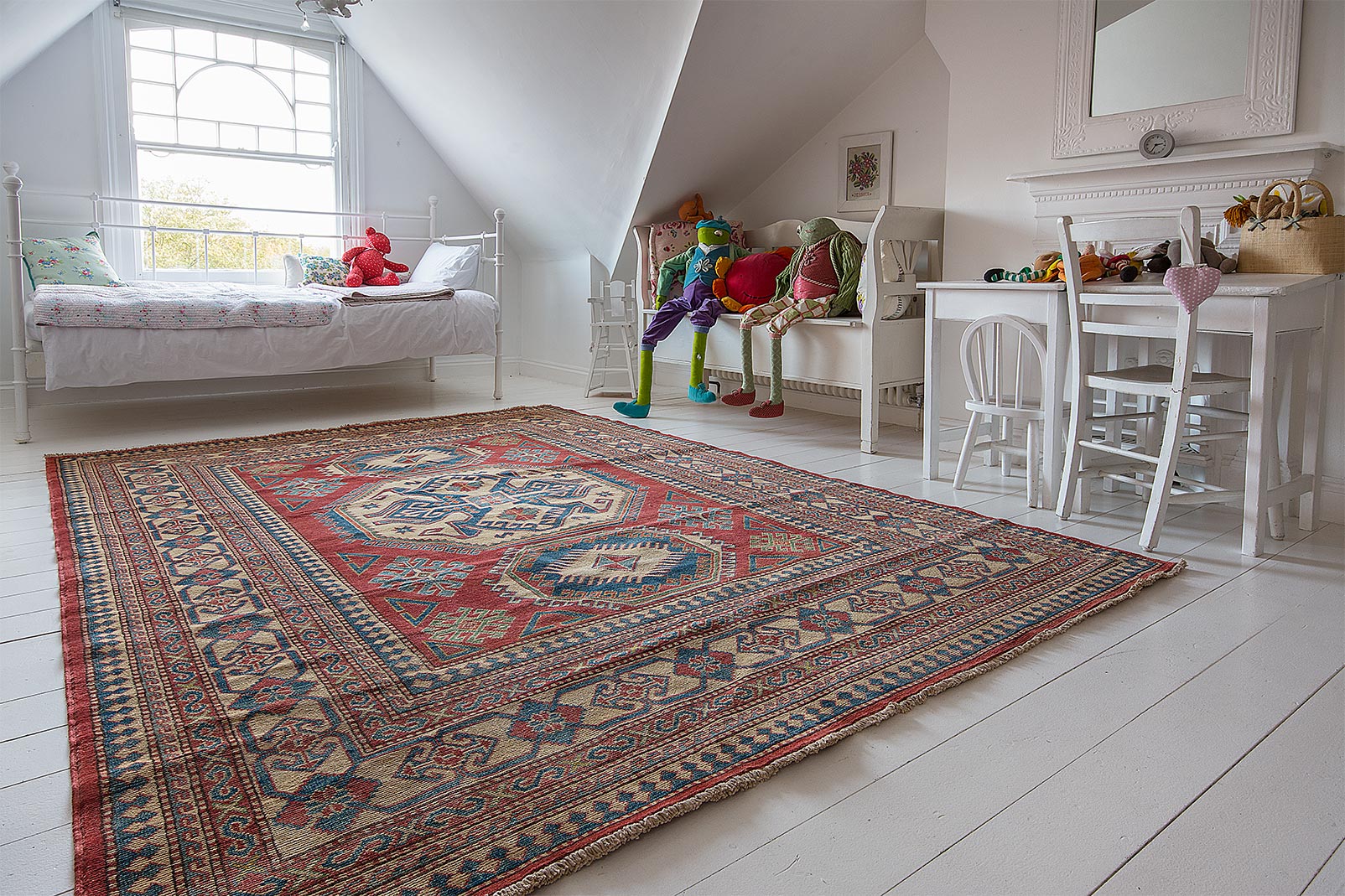
Handwoven rugs depict a host of rather interesting symbols. Traditional symbols on hand-woven rugs bear witness to many of the beliefs and superstitions that are held in central Asian countries where the art of weaving was born and still thrives. A pattern has three fundamental elements, a unit, repetition, and a system of an organization which can be interpreted in a curvilinear or rectilinear manner.
The patterns in the Persian rugs bought from any reputed Persian rugs wholesaler depicts designs that were made thousands of years ago and have been handed down from one generation to the next. These hand-woven rugs are unique as you won’t find two hand-knotted rugs that look the same. People from various regions – tribes, villages, cities – use different designs and materials in the construction of rugs.
Any Oriental rug design that is bought from any reputed Persian rugs wholesaler contains certain components that remain same in all the rugs:
Borders :
 There are usually two borders on a rug one is the main border which is the widest section of design around the outside of the rug, while another border is the guarded border that is usually narrow and lies inside the main border.
There are usually two borders on a rug one is the main border which is the widest section of design around the outside of the rug, while another border is the guarded border that is usually narrow and lies inside the main border.
Field : The field is the colorful background inside the borders.
Medallion : Often, rugs feature a medallion in the center of the field. The medallion is a large shape which can be round, oval or polygonal and sits prominently in the middle of the rug.
Corner brackets, quarter panels or spandrels: These are designs that fill the corners of the field.
Some Common Symbols on Oriental Rugs
Birth Motifs
• Elibelinde : This symbol represents the mythological goddess of the same name and it looks like a figure of a person.
• Ram’s horn : A Ram’s horn symbolizes masculinity. The central part of the design represents male fertility and power.
Life Symbols
• Comb and earrings : These two symbols reflect a desire to marry. The comb is a nuptial accessory, while the earrings are a common wedding gift.
• Sandikly – hope chest/ trousseau: This symbol reflects the objects that girls weave for their trousseaus before they get married. These objects include small purses, kilims, scarfs, belts, and garments.
• Yildiz – stars: Stars are a symbol of happiness and a life full of hope.
• Ying-Yang : This Ying-Yang holds a different meaning to that of the more common Ying-Yang. It symbolizes a balanced relationship between women and men.
Afterlife symbols
Birds : Birds symbolize the flight of the soul to heaven.
Vulture : This kind of bird is particularly important as it indicates the souls of the dead.
Tree of life : This is the most widely-known symbol of immortality.
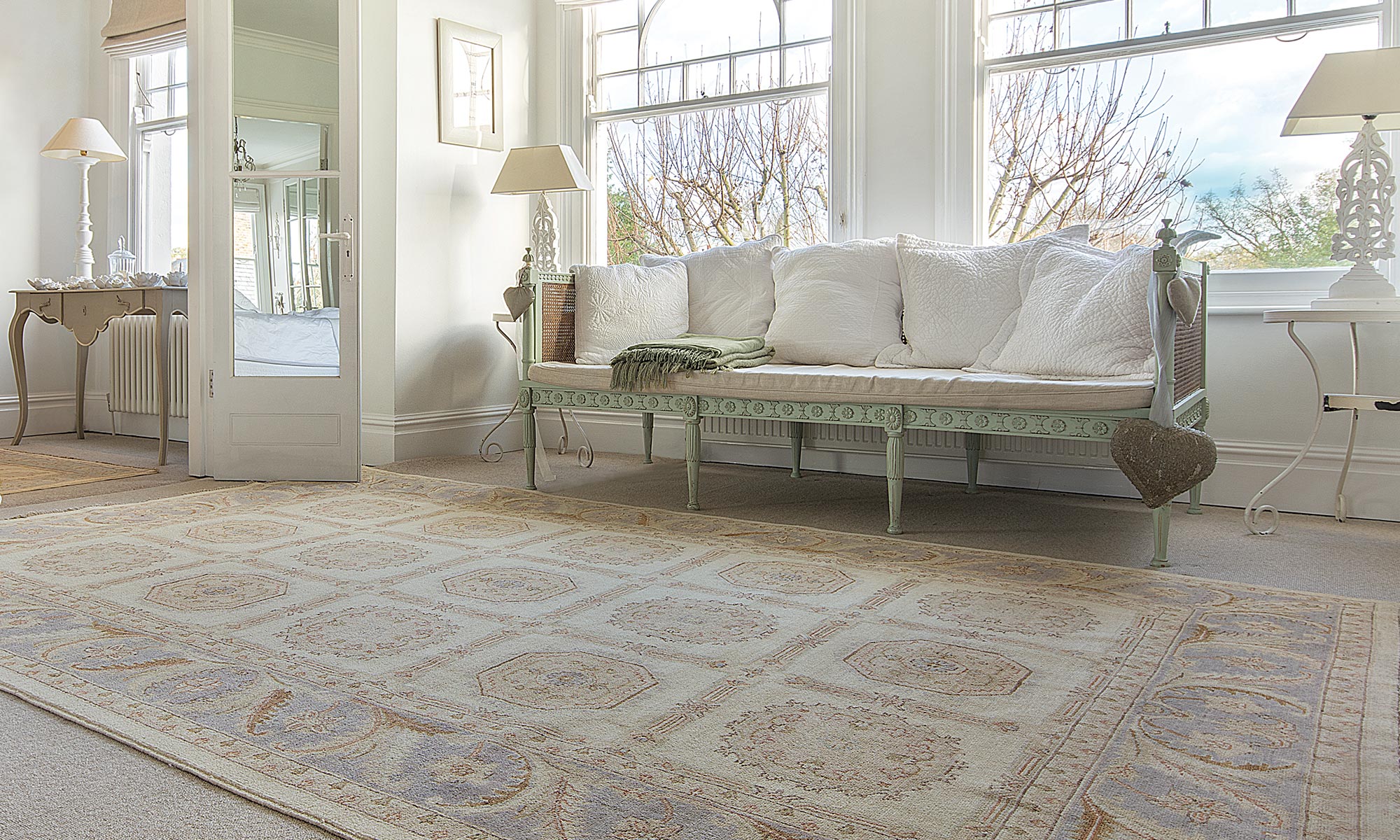


 Good for all Seasons – It is a well-known fact the wool rugs are just perfect for winters as it helps to keep you warm but a lesser-known fact is that wool is actually good in summer as well. That is because it helps absorb humid air.
Good for all Seasons – It is a well-known fact the wool rugs are just perfect for winters as it helps to keep you warm but a lesser-known fact is that wool is actually good in summer as well. That is because it helps absorb humid air.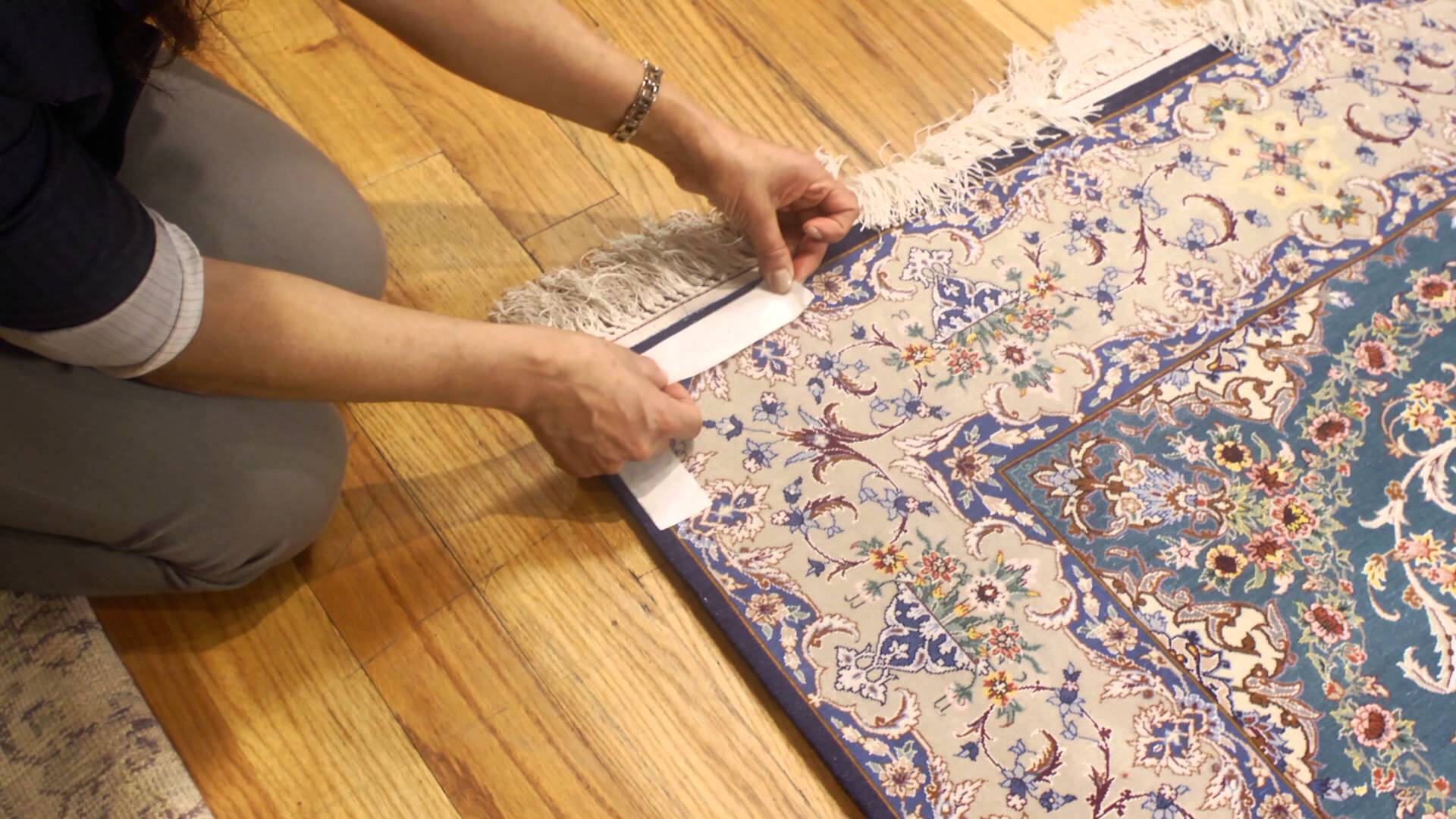 Rugs immediately make a room cozier and welcoming. The quintessential Afghan rug is made from natural materials like wool with a repeated octagonal figure on a red field. An area rug will help absorb sound, stabilize temperature and make it just a little bit easier to move around the house by giving your feet a soft landing pad. Decorating with rugs from any renowned
Rugs immediately make a room cozier and welcoming. The quintessential Afghan rug is made from natural materials like wool with a repeated octagonal figure on a red field. An area rug will help absorb sound, stabilize temperature and make it just a little bit easier to move around the house by giving your feet a soft landing pad. Decorating with rugs from any renowned  Cleaning– To avoid strains quick action is required in handling spills. For liquid spills remember not to rub as that might ruin the rug, firmly press a clean cloth to absorb as much as possible.
Cleaning– To avoid strains quick action is required in handling spills. For liquid spills remember not to rub as that might ruin the rug, firmly press a clean cloth to absorb as much as possible.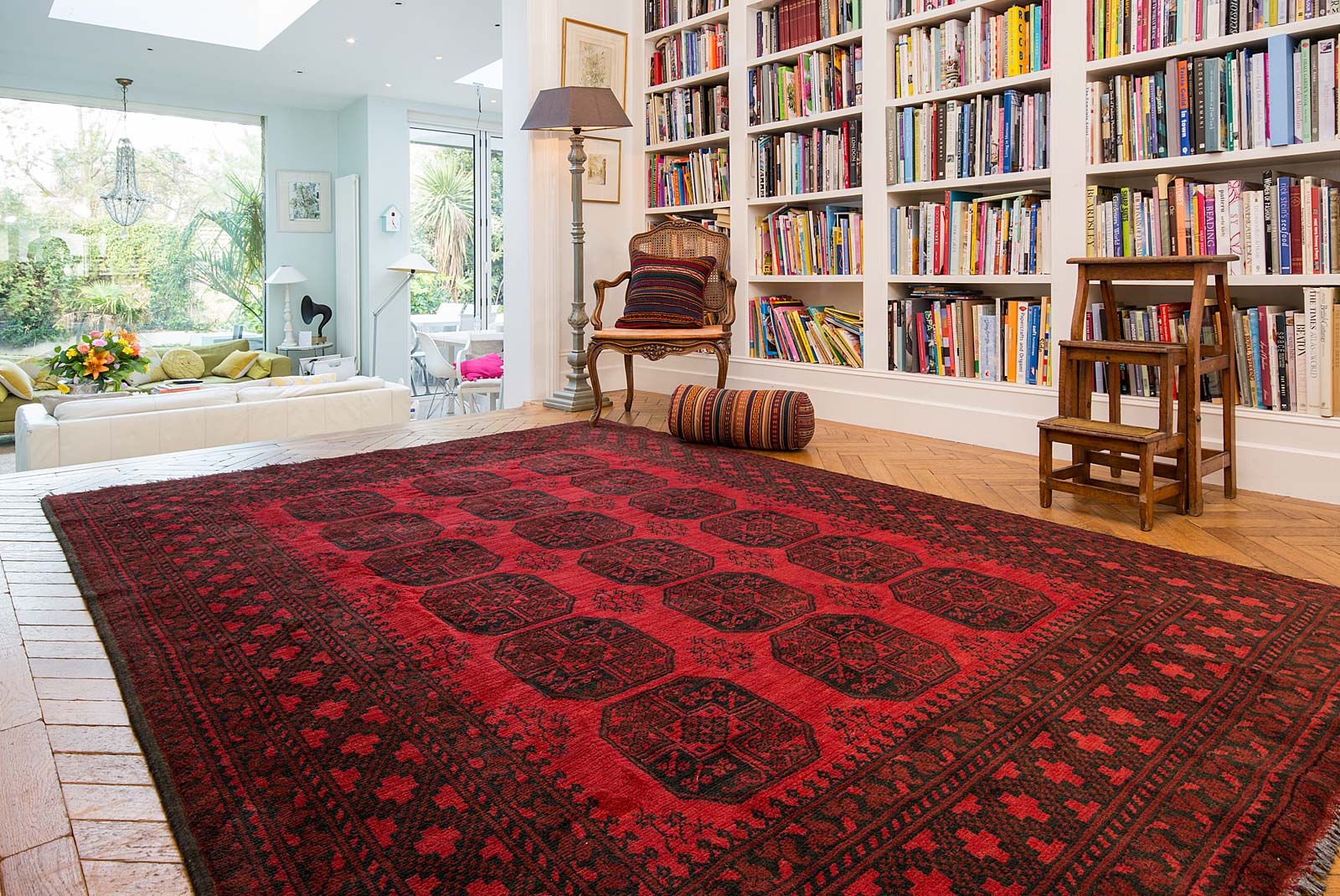
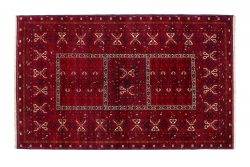 Don’t expect to evaluate the true craftsmanship of authentic Afghan rug as it takes several years of knowledge. But as a beginner, you can use some basic knowledge. Firstly, a perfect Afghan rug must lie flat and straight. There should not be any crooked or raised corner. Secondly, you should focus on the edge of the rug. Make sure the edges are tight and even. Then, you should also observe the knots at its back. If you find the rug’s back absolutely perfect in line, you should consider it as machine-made rug.
Don’t expect to evaluate the true craftsmanship of authentic Afghan rug as it takes several years of knowledge. But as a beginner, you can use some basic knowledge. Firstly, a perfect Afghan rug must lie flat and straight. There should not be any crooked or raised corner. Secondly, you should focus on the edge of the rug. Make sure the edges are tight and even. Then, you should also observe the knots at its back. If you find the rug’s back absolutely perfect in line, you should consider it as machine-made rug.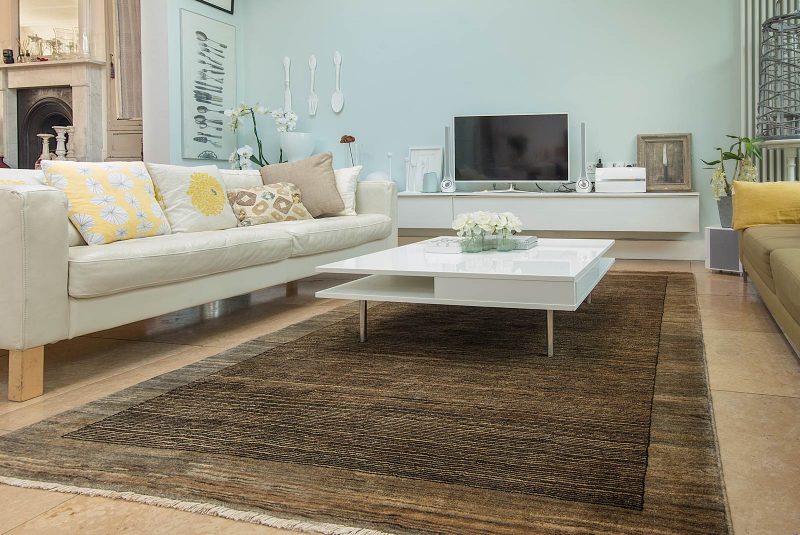
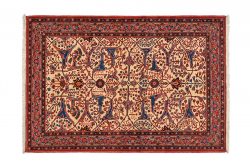 The Senneh knot is a type of asymmetric knot or double knot that is quite popular among rug weavers in Iran, Central Asia, India, China, Pakistan, and Afghanistan. The yard is draped around two warp strands but only one of these warps is completely encircled to create this kind of knot. The yarn is then passed open behind the adjoining warp in such a way that the two ends have only a single warp dividing them. The knot could be wrapped in either direction and are said to be open either to the right or open to the left. Rugs that have very fine detailing usually use Senneh knot.
The Senneh knot is a type of asymmetric knot or double knot that is quite popular among rug weavers in Iran, Central Asia, India, China, Pakistan, and Afghanistan. The yard is draped around two warp strands but only one of these warps is completely encircled to create this kind of knot. The yarn is then passed open behind the adjoining warp in such a way that the two ends have only a single warp dividing them. The knot could be wrapped in either direction and are said to be open either to the right or open to the left. Rugs that have very fine detailing usually use Senneh knot.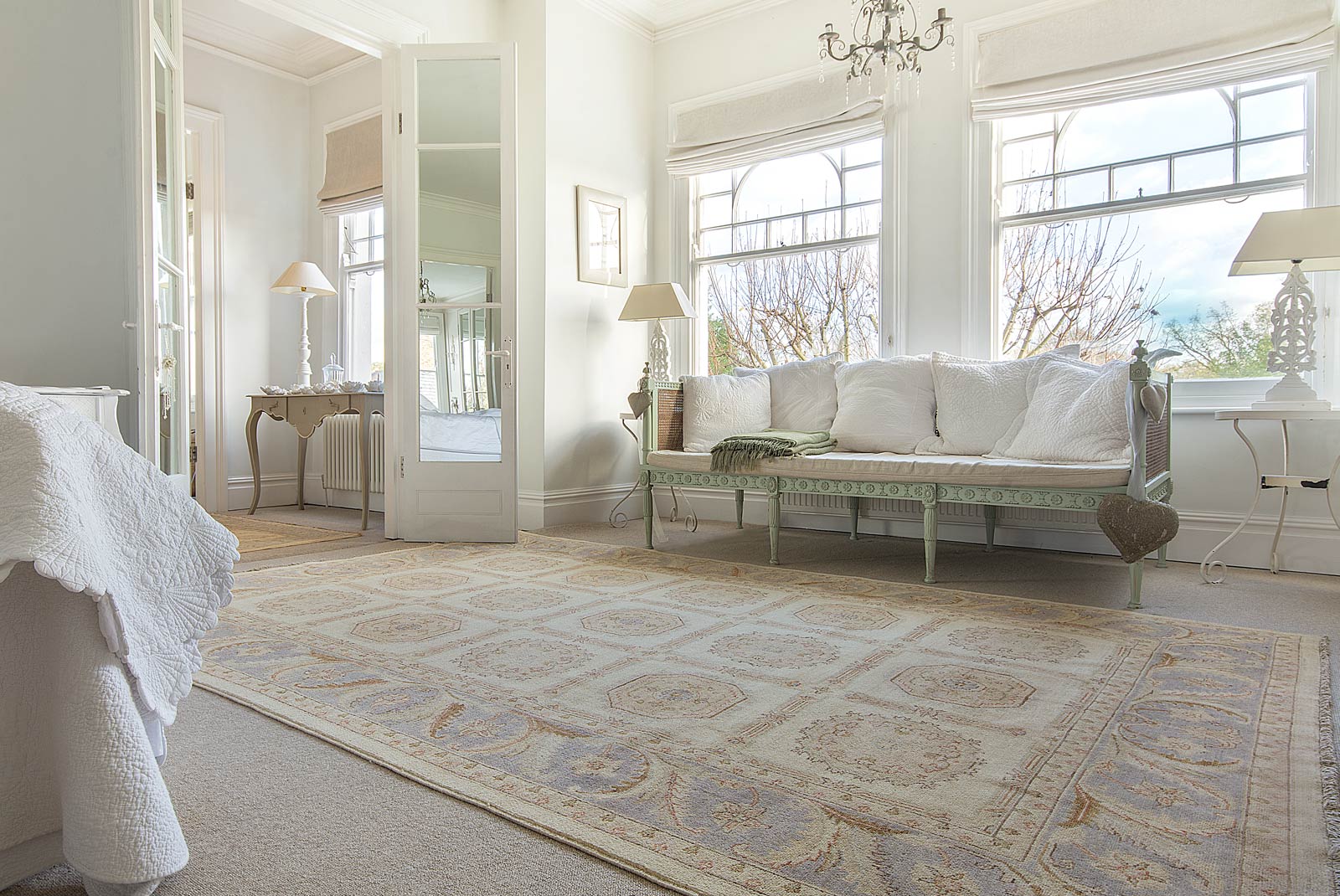
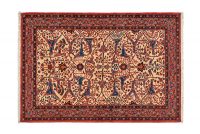 A hand knotted rug usually lasts longer than a hand tufted rug. Sometimes, the former becomes a family inheritance since it lasts for generations. However, it does not happen with the hand tufted rugs.
A hand knotted rug usually lasts longer than a hand tufted rug. Sometimes, the former becomes a family inheritance since it lasts for generations. However, it does not happen with the hand tufted rugs.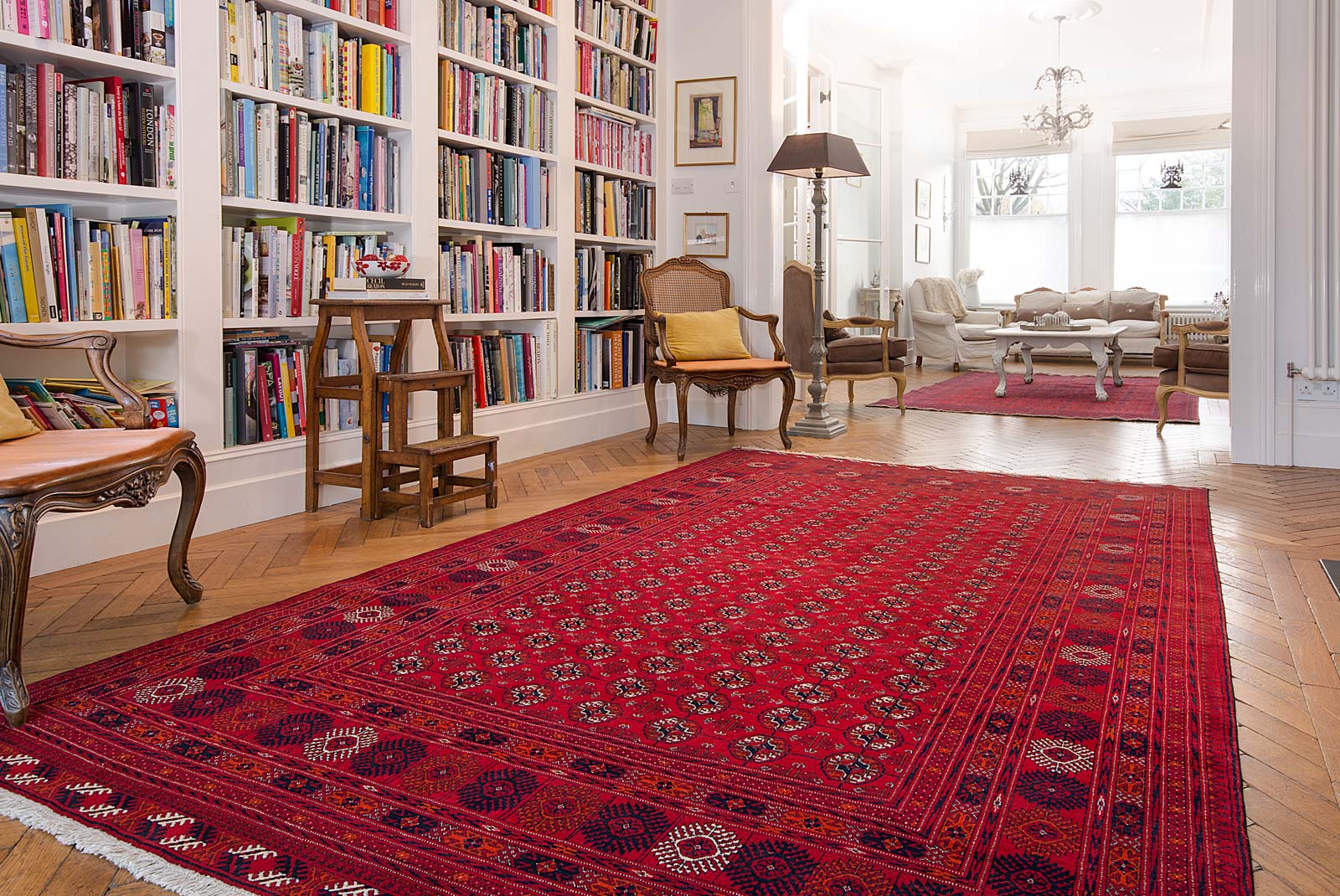
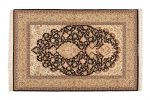 After design, the rug manufacturers focus on the shapes and size of the rugs. Whether the customer has a special request for the bespoke rug as per the size of his room or he prefers to purchase the popular low-cut circular design, they manufacture the rugs accordingly. They also consider the budget of the customers to choose the quality of materials and fabric to be used for the rug.
After design, the rug manufacturers focus on the shapes and size of the rugs. Whether the customer has a special request for the bespoke rug as per the size of his room or he prefers to purchase the popular low-cut circular design, they manufacture the rugs accordingly. They also consider the budget of the customers to choose the quality of materials and fabric to be used for the rug.